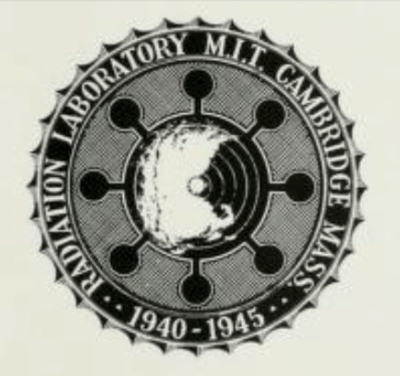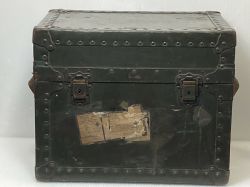As their prospects for victory in the Second World War became increasingly grim, the Germans developed a wide array of outlandish “Wonder Weapons” that they hoped would help turn the tide of the war. While these Wunderwaffe obviously weren’t enough to secure victory against the Allies, many of them represented the absolute state-of-the-art in weapons development, and in several cases ended up being important technological milestones. Others faded away into obscurity, sometimes with little more then anecdotal evidence to prove they ever even existed.
One of these forgotten inventions is the Fliegerfaust, a portable multi-barrel rocket rocket launcher designed for use against low-flying attack planes. Although thousands were ordered to defend Berlin in 1945, fewer than 100 were ever produced, and there’s some debate about how many actually survived the war. But that didn’t stop [Jonathan Wild] of Wild Arms Research & Development from building a functional replica of the weapon based on contemporary documentation and blueprints.
Building the launcher was relatively straightforward, as it’s little more than nine tubes bundled together with a handle and a simplistic electric igniter. The trick is in the 20 mm (0.78 inch) rockets themselves, which are spin stabilized by the exhaust gasses exiting the four angled holes on the rear. With no fins or active guidance the path of each rocket is somewhat unpredictable, but this was known to be true of the original as well.
Continue reading “The Fliegerfaust Roars Back To Life After 77 Years”



















